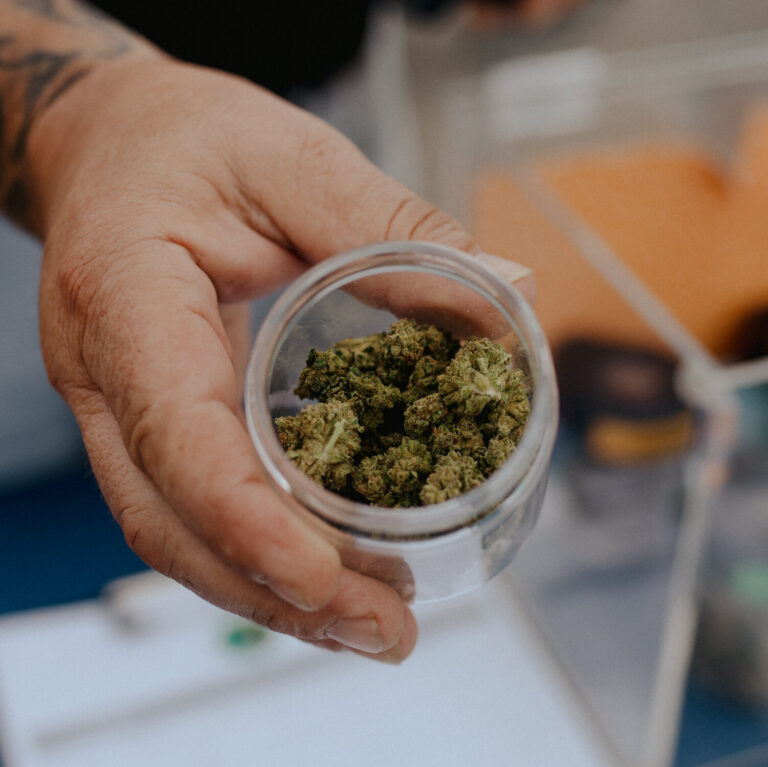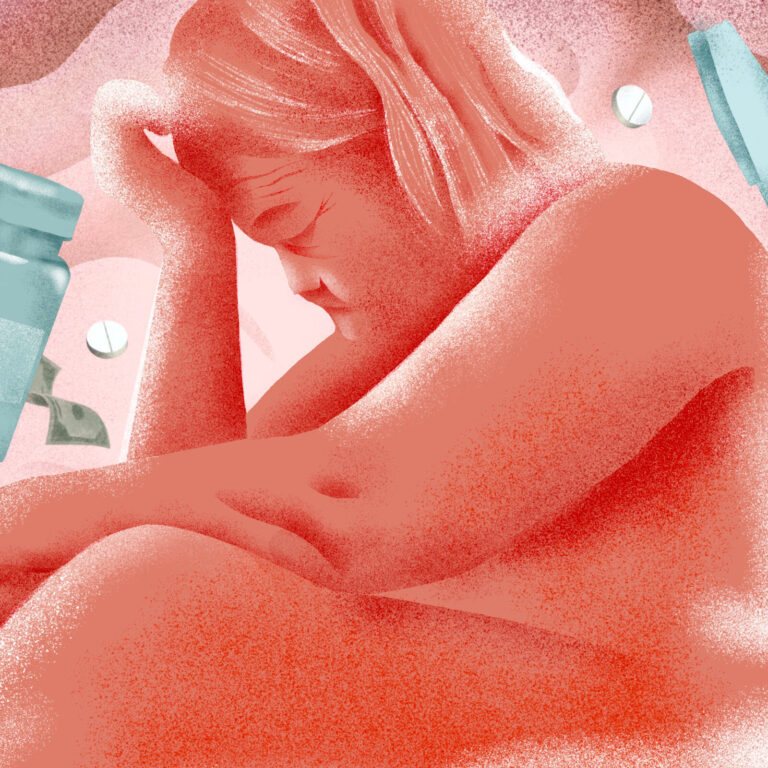Ever since scientists discovered earlier this year that the flu infects American cows, they have wondered how it spread from one animal to another. An experiment conducted in Kansas and Germany shed some light on the mystery.
Scientists have failed to find evidence that the virus can spread as a respiratory infection. Juergen Richt, a virologist at Kansas State University who helped lead the research, said the findings suggest the virus is transmitted primarily through contaminated milking machines.
In an interview, Dr. Richt said the findings offer hope that the outbreak can be stopped before the virus evolves into a form that could spread easily among humans.
“I think it's good news that we can probably control this more easily than people thought,” Dr. Richt said. “Hopefully we can now kick this thing in the back and knock it out.”
The findings have yet to be published online or published in a peer-reviewed scientific journal.
Seema Lakdawala, a virologist at Emory University who is studying the virus on dairy farms and was not involved in the new study, warned that breaking the chain of transmission would require serious changes in how farmers milk their cows.
“It's really great that these results are coming out,” he said. “But this is a real logistical problem.”
In January, veterinarians began noticing individual cows suffering mysterious drops in milk production. They sent samples to the Department of Agriculture for analysis. In March, the department announced that milk from cows in Kansas, New Mexico, and Texas contained a deadly strain of influenza that is common among birds. They also found the virus in swabs taken from the mouth of a Texas cow.
Since then, 132 herds in 12 states have tested positive for the virus. Cows experience a decline in milk production and then usually recover, although some cows have died or been slaughtered because they did not recover.
Researchers have long known that some strains of influenza viruses can infect mammary cells in the udder and be shed in milk. But they have never seen an outbreak of avian influenza circulating in cows like this year.
So far, state or federal officials have reported that only three people in the United States have been infected from cows. Two of the infected farm workers suffered from conjunctivitis, otherwise known as pink eye. The third victim also had a cough and other respiratory symptoms.
The rapid spread of the virus among cows has left scientists perplexed. One possible explanation for the transmission of the virus is that it exploited the way cows are milked on large farms. Workers clean a cow's teats, squeeze them by hand to produce some squirts, then attach four tubes, known as claws. When the claw is finished extracting the cow's milk, the worker removes it and places it on the next cow. A claw will typically be used on hundreds of cows before being cleaned.
In another study published Wednesday, Dr. Lakdawala and her colleagues found that the influenza virus can remain viable on a claw for several hours.
Scientists have also worried that cows could spread the virus as a respiratory disease. A cow with the virus in its airways would expel droplets as it breathes or coughs. Other cows could inhale the droplets or pick them up through physical contact.
If that were the case, the virus could potentially attack cows raised for meat rather than milk. It could also allow the virus to spread more easily between humans.
In May, Dr. Richt and his Kansas colleagues joined forces with German researchers to conduct experiments in which they deliberately infected cows. The two teams operate high-level biosecurity facilities that can house animals as large as cows.
Martin Beer and his colleagues at the Friedrich-Loeffler-Institut in Greifswald, Germany, injected the virus into the udders of three lactating cows. Within two days, the animals developed clinical signs of infection very similar to those seen on farms: they developed fever, lost their appetite, and produced much less milk.
The milk they produced was thick. “It's like yogurt comes out of the breast,” Dr. Beer said.
To see if the flu strain in cows was significantly different from other strains that infect birds, Dr. Beer and his colleagues also injected cows with a different strain of the H5N1 avian influenza virus. The cows suffered the same clinical signs of infection.
“So this can happen anywhere there is this virus in the environment,” Dr. said. Richt.
The Dr. Richt also injected bovine influenza into three female cows that were not lactating and also into three males. Instead of injecting the virus into the udders, her team injected the viruses into the animals' mouths and noses.
The cows developed low-level infections and shed the virus from their nose and mouth for eight days.
Two days after infection, three healthy cows that had not been infected with the virus were placed in the same room as the sick cows. Over the course of 19 days, scientists checked whether the uninfected animals also developed influenza, either by coming into contact with the sick cows or by breathing in the droplets they exhaled.
None of the healthy cows got sick. “We didn't see transmission,” Dr. Richt said. “The virus does not behave like a typical respiratory influenza virus.”
He cautioned that the results of the two experiments involved a small number of cows. Scientists also studied an early strain of the virus. The virus mutated from one animal to another, and researchers can't say whether a newer strain would behave more like a respiratory disease.
The Dr. Lakdawala said the new findings from researchers in Kansas and Germany, consistent with epidemiological studies, make efforts to stop the spread of the virus in dairy cows even more urgent.
But that might be easier said than done. Disinfecting milking claws between each cow would slow milk production on farms. Chemicals used to clean claws may also end up in milk. “We don't want bleach in the milk,” Dr. Lakdawala said.
In addition to stopping the spread from cow to cow, he also said it was crucial to protect people from the virus. “We don’t want these dairy workers to get infected,” he said.
In a typical milking parlor, cows stand on a platform so that their udders are at workers' eye level. When milk splashes onto the platform, it can turn into droplets that can fly into workers' eyes or be inhaled. Personal protective equipment such as glasses and visors could help block this route of infection.
Stopping the spread among dairy workers won’t just protect their health. It could also prevent the virus from having a new opportunity to evolve within a human host and better adapt to our species.
“You never know what will happen with this virus in the future,” Dr. Richt said.





